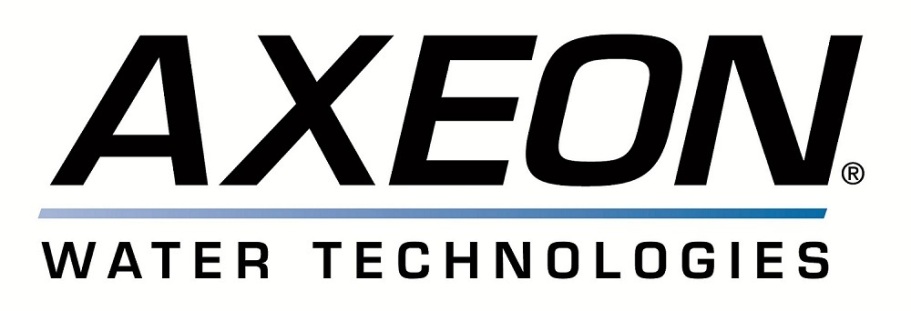Many industrial manufacturers understand that freshwater is a scarce resource, which is why a majority of those in the industrial sector use their own water supply. In order to ensure the water that is used in their manufacturing process is pure, many choose to use reverse osmosis (RO) membranes.
RO membranes are a vital filtration technology. Their semipermeable nature allows water to pass through effortlessly, yet trap harmful contaminants that may be present in water. Some of the most harmful contaminants an RO membrane can filter include:
Bacteria
Many disease-causing bacteria are able to thrive in warm saltwater or brackish water, including Salmonella, E. Coli, and Vibrio cholera. When consumed, these bacteria can cause life-threatening infections.
Mercury
Mercury takes on many forms, but all forms are highly toxic when a person is exposed to large amounts of the heavy metal. Mercury attacks the nervous, digestive and immune systems, and can have deadly effects.
Cyanide
Cyanide is a fast-acting poison that naturally occurs in nature. Acute exposure to the poison can quickly cause heart failure, coma, or seizures.
By ensuring your ro membrane element is able to filter out dangerous substances like the ones mentioned above, you can confidently tell your clients they have nothing to fear. You are also able to maintain a favorable view in the court of public opinion due to less product recalls.
